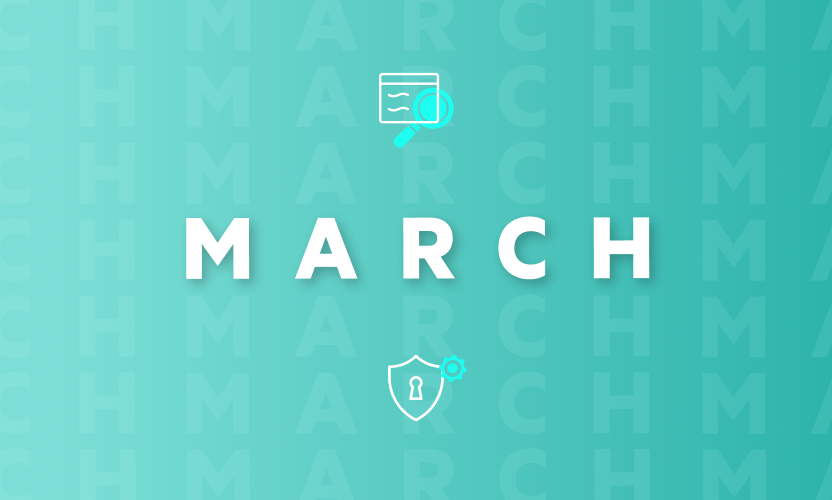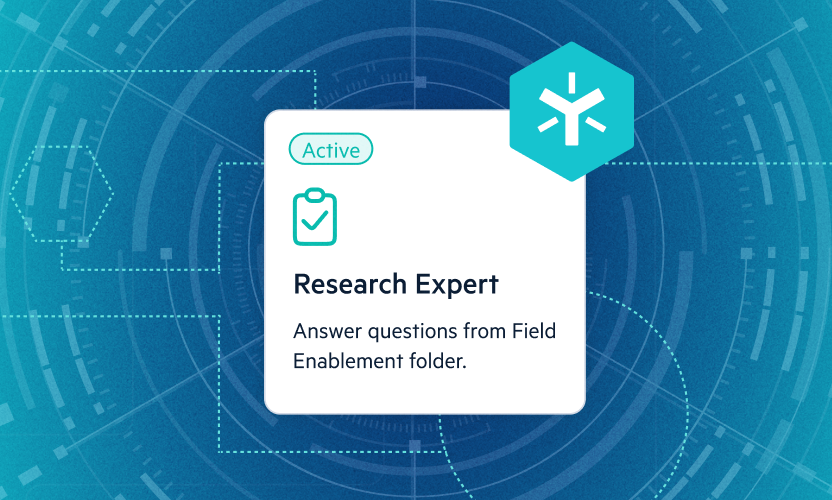
Lawton Communications Group: Locked Down But Not Locked Out
It’s one thing to simulate your disaster recovery and business continuity response; it’s quite another to have to stress test your plan for real and at scale.
We recently spoke with Norman Cave-Browne-Cave, IT & Facilities Manager at Lawton Communications Group, the guy in the hot seat when the lockdown came. The task fell to Norman to maintain business as usual for his team in the UK, US and Australia. Here, he reflects on his experiences.
“Fortunately, we’d just completed a migration to Egnyte, which meant I had a single unified cloud platform in place that made it easy for everyone to... keep working as normal. All they needed was an internet connection.”
Getting a Global Workforce Up to Speed—Fast
Lawton Communications Group is a marketing and advertising agency dedicated to building brands from the inside out. It’s a global business that relies on collaboration – so it already had many of the systems in place needed to empower a remote workforce.
“Nearly all our staff have laptops they take home every day, so they have them at hand should any incident befall the office in their absence. Plus, we use cloud applications like G Suite and Google Hangouts to make it easy for people in our international offices to chat or hold virtual meetings,” he explains.
When the crisis hit, however, Norman was confronted with the one scenario he’d never envisioned: a compulsory requirement for all staff, in all locations, to work from home. So how did it go?
“Fortunately, we’d just completed a migration to Egnyte, which meant I had a single unified cloud platform in place that made it easy for everyone to access the files and up-to-the-minute content they required to keep working as normal. All they needed was an internet connection.”
Seamless Cloud Collaboration
The move to Egnyte was originally driven by the growing need for an enterprise-wide file synchronization and sharing platform that users could access from anywhere on any device.
“Our designers and PR teams frequently work off-site and off the beaten track at photo shoots in inaccessible locations. For example, initiating a single integrated portal that makes it easy to access files and work without having to connect to a corporate VPN proved transformational,” he says.
It also meant that when lockdown restrictions were imposed, those people who had to work from home were able to hit the ground running from day one.
It wasn’t all about the ease of connectivity or about access, though. The key benefit was the ability to have a secure place to share for both clients and creatives.
“Having Egnyte at your fingertips in your browser, or the Google Apps menu, is a wonderful thing," he said. "The ability to quickly create a folder (in the right place) and send a ‘request files from others’ link to a client quickly became second nature for all our people.”
But with so many people working unsupervised from home locations, how easy was it to maintain data protection and compliance standards? According to Norman, it wasn’t an issue.
“Most of our compliance and protection needs revolve around the embargoed pictures and videos we work on for our clients. Leveraging Egnyte permissions, in conjunction with access control lists integrated into Google Apps, meant we’d already achieved separation and protection, along with audit controls that are built into everything we touch and use.”
Ultimately, says Norman, this company-wide move to working from home really changes nothing—the same protections are in place no matter where staff are, or the devices they use.
Lessons Learned
For other IT leaders facing business continuity challenges, Norman shares the valuable lessons he's learned:
"My advice now is always plan for the worst, be pragmatic, and utilize adaptive improvisation to overcome short term failures," he said. "In other words, make decisions, act on them, get results – even bad results. Learn from these, make more decisions and then continue.”
Photo by Saad Sharif on Unsplash





